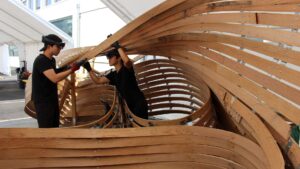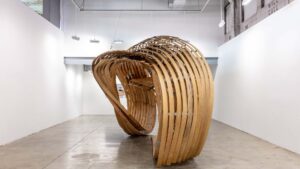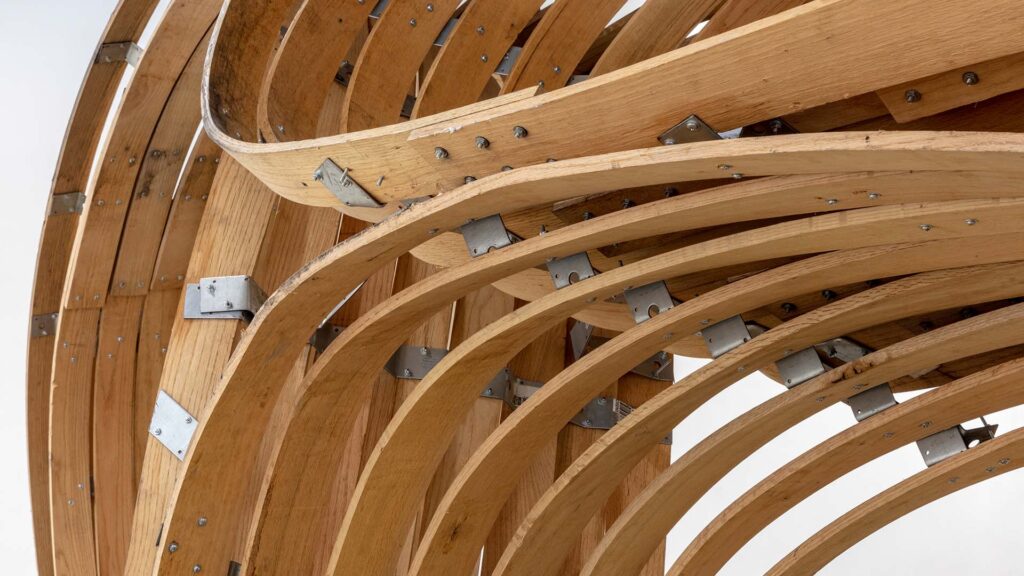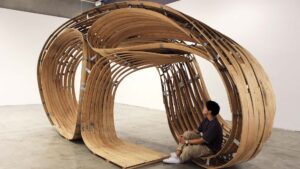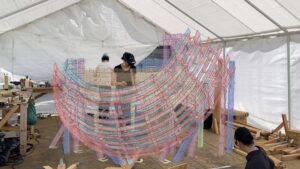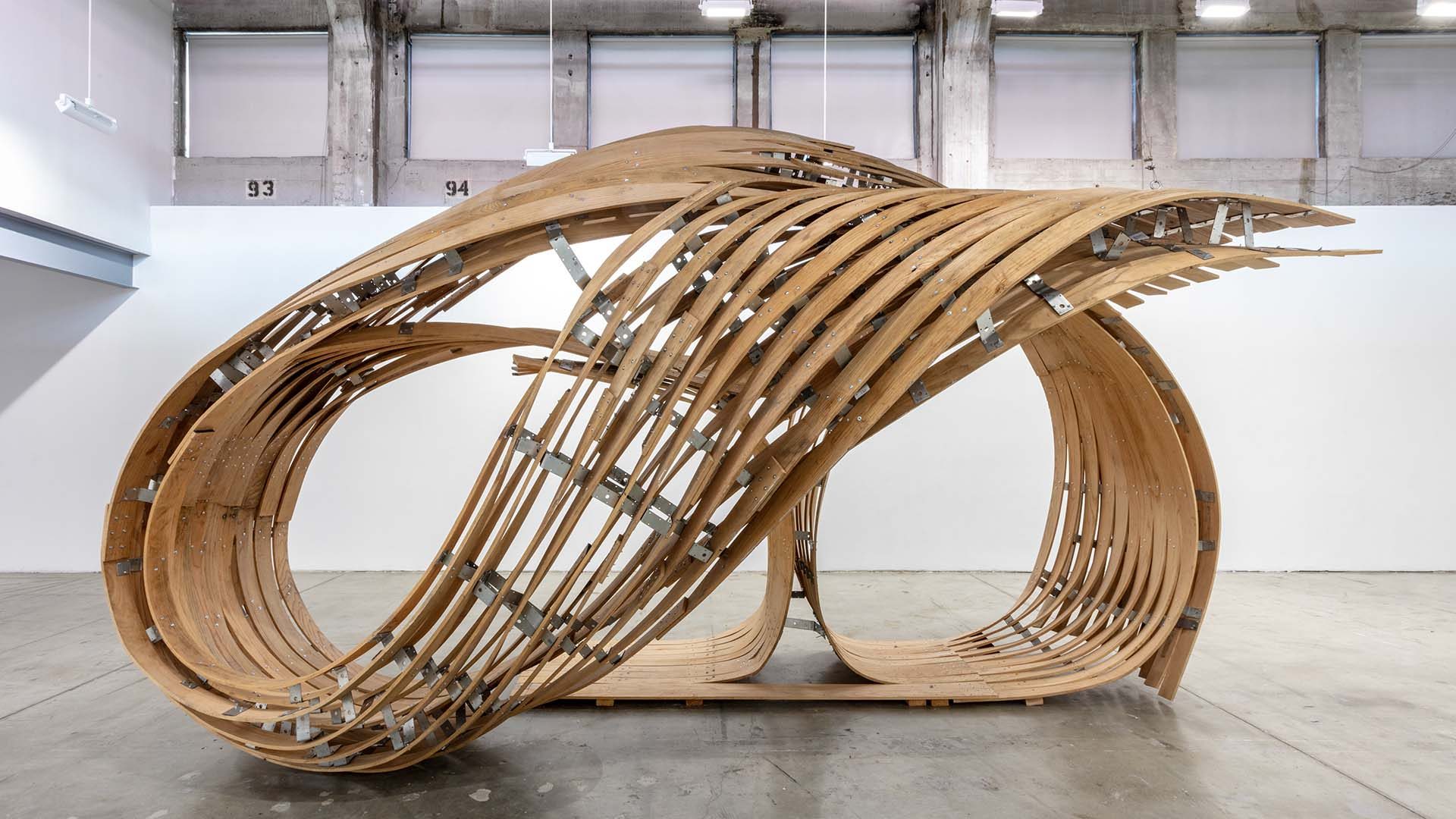
A Steam Odyssey: Enhancing the crafting process with digital modelling and AR
For the past decade, we have witnessed radical advancements in technical development in computational design and digital fabrication following the ever-shifting computational paradigm. Presented by the breakthrough of machine learning in AI and the foreseeable impact of quantum computing, the speed of this shift has been exponential, which our humanity has never experienced before. While the architecture industry has been embracing these technological advancements, the role of humans has often been neglected in the discussion on computation and automation. Ironically, subsequent developments in technology (such as AI and AR) have opened up a myriad of possibilities for a closer relationship between humans, computers, and machines, requiring multiple fields and industries to rethink the role of humans in the production chain.
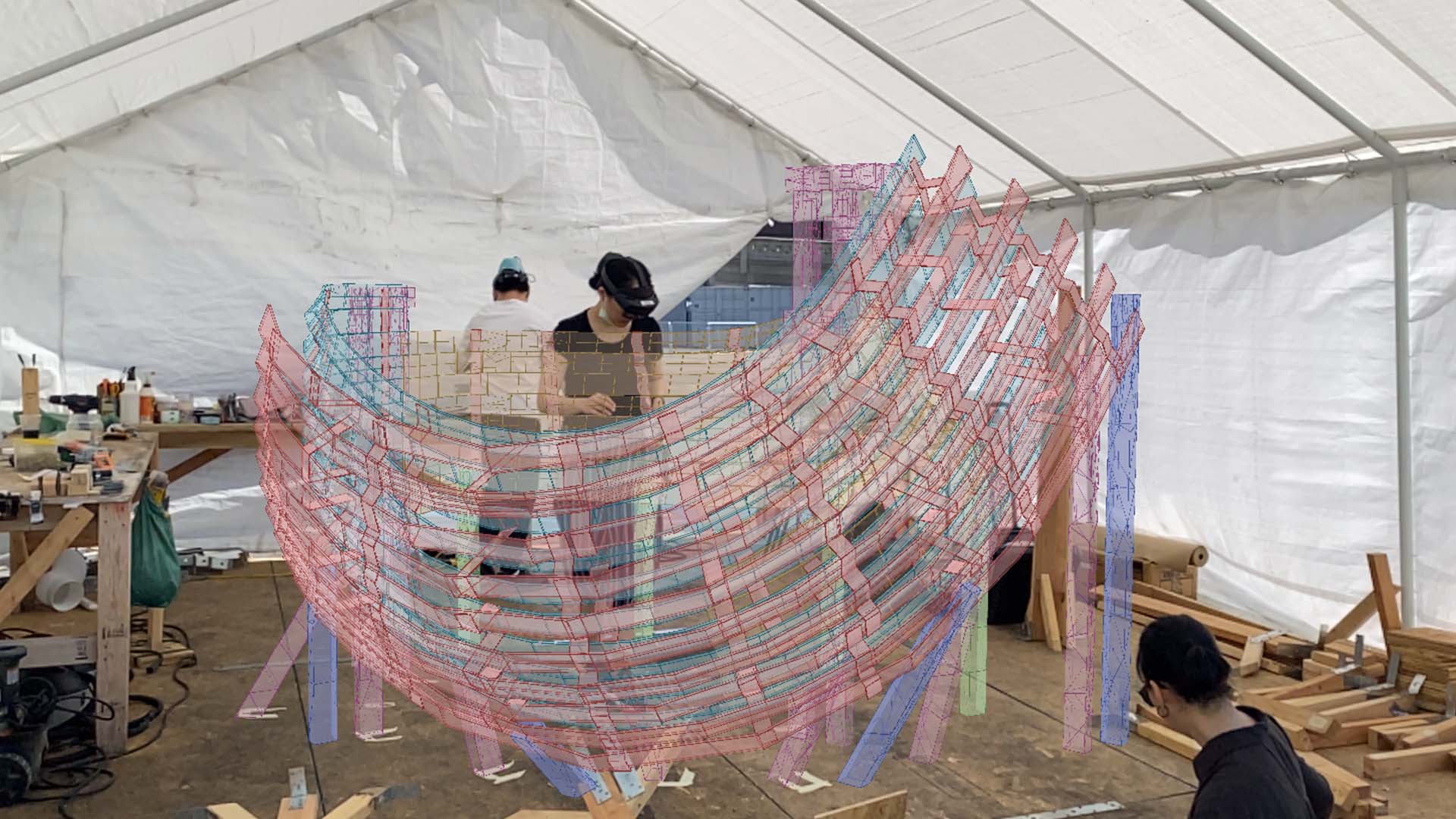
This raises a question on the impact of technological advancements on the architectural design and construction industries and how they will shape the physical environment of our future in the broader sense. As Brett King argues in “Augmented: Life in the Smart Lane”, we are already living in a new era – the ‘Augmented Age’ – where machines have become inseparable parts of our lives, our knowledge is augmented through devices and the internet, and physical constraints no longer restrict humans. This suggests a unique way of enhancing the resilience of human intuition and craftsmanship within design and construction processes through Augmented Reality. These AR assisted methods have the capability of strengthening human labour with data previously exclusive to machines while enabling seamless inclusion of intuitive decision making and experience, often absent from automated construction processes.

Making in AR reinvigorates traditional craftsmanship by augmenting hand and material skills with the precision and formal possibilities of digital modelling, occupying the territory between purely automated, exclusively robotically driven fabrication and highly crafted processes requiring human labour. It is crucial to understand that Augmented Reality assisted fabrication is not seen as an alternative to automation and robotics but rather aims to expand the understanding of automated production. We are interested in exploring the interaction between human, machines, and data and their mutual relationships throughout the computational design and fabrication processes.
The “2021: A Steam Odyssey” exhibition builds on this idea. The centrepiece of the exhibition, designed in collaboration with Igor Pantic, is a structure built out of steam-bent hardwood using primitive hand tools augmented with the precision of intelligent holographic guides. It explores alternative strategies for fabricating digitally designed architectural structures, utilising cutting-edge head-mounted devices (HMDs) to holographically assist workers in manufacturing and assembling highly varied components using traditional craft techniques. The exhibition piece itself, which is a full-scale section of a larger inhabitable space, represents the next step in the evolution of our ongoing research into complex timber structures built with the assistance of Augmented Reality. It builds on the methodology developed for the 2019 Tallinn Biennale Steampunk Pavilion (designed by Soomeen Hahm, Igor Pantic, Gwyllim Jahn & Cameron Newnham), further expanding it in the realm of fully functional space.
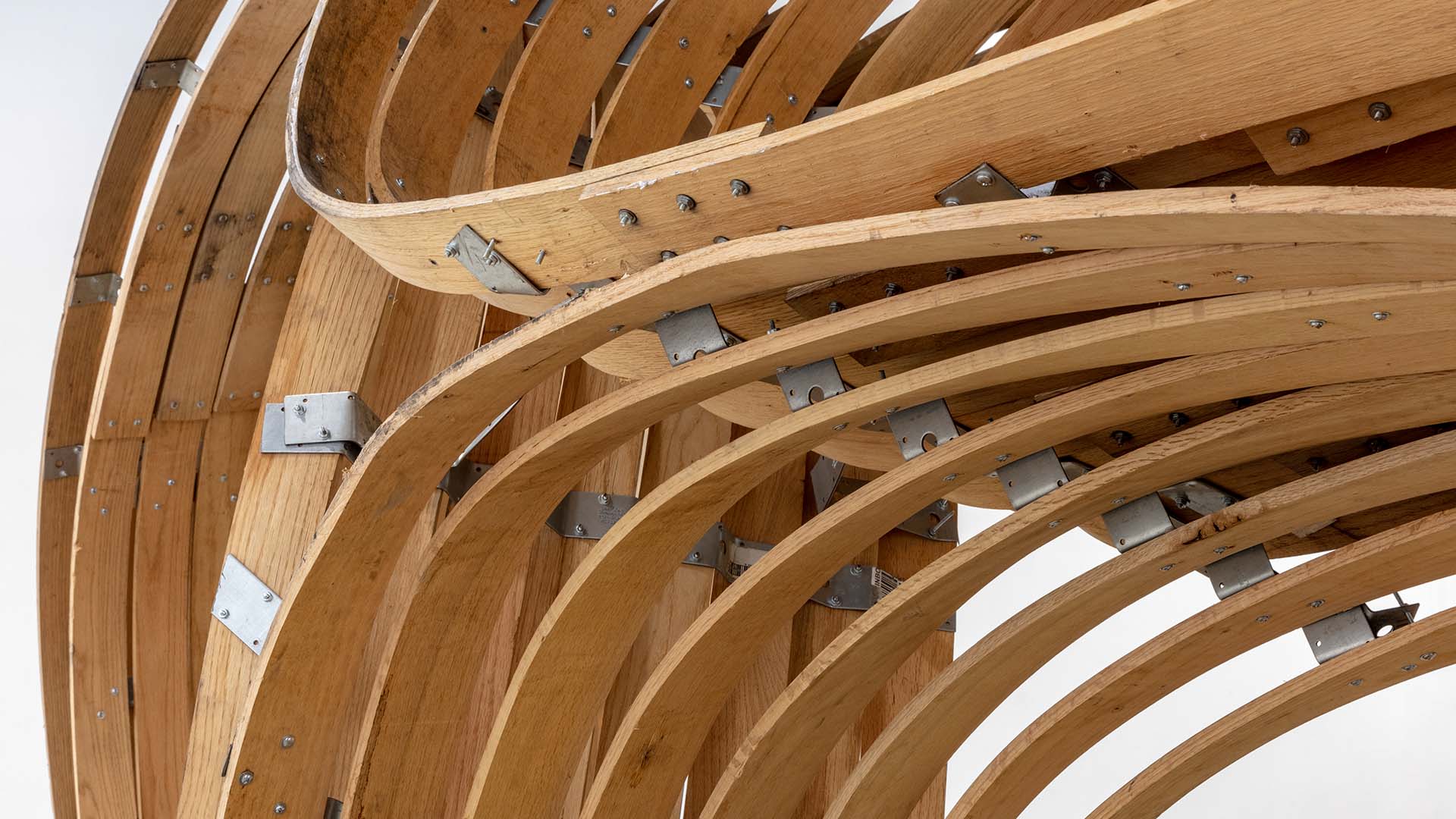
Project Credit: SoomeenHahm Design & Igor Pantic


